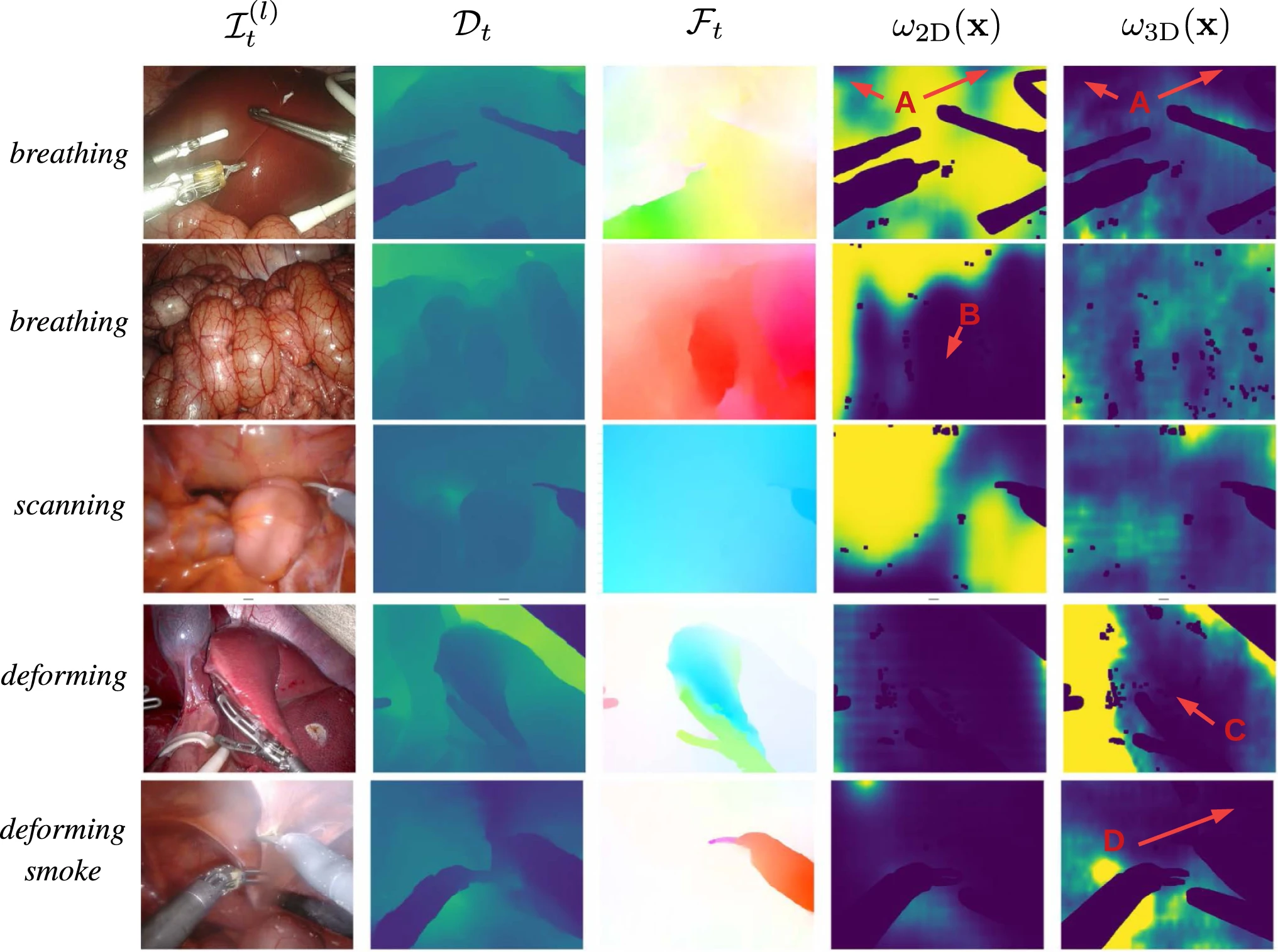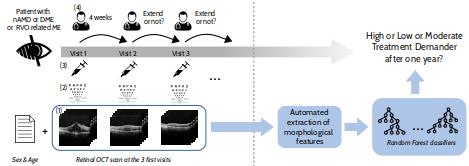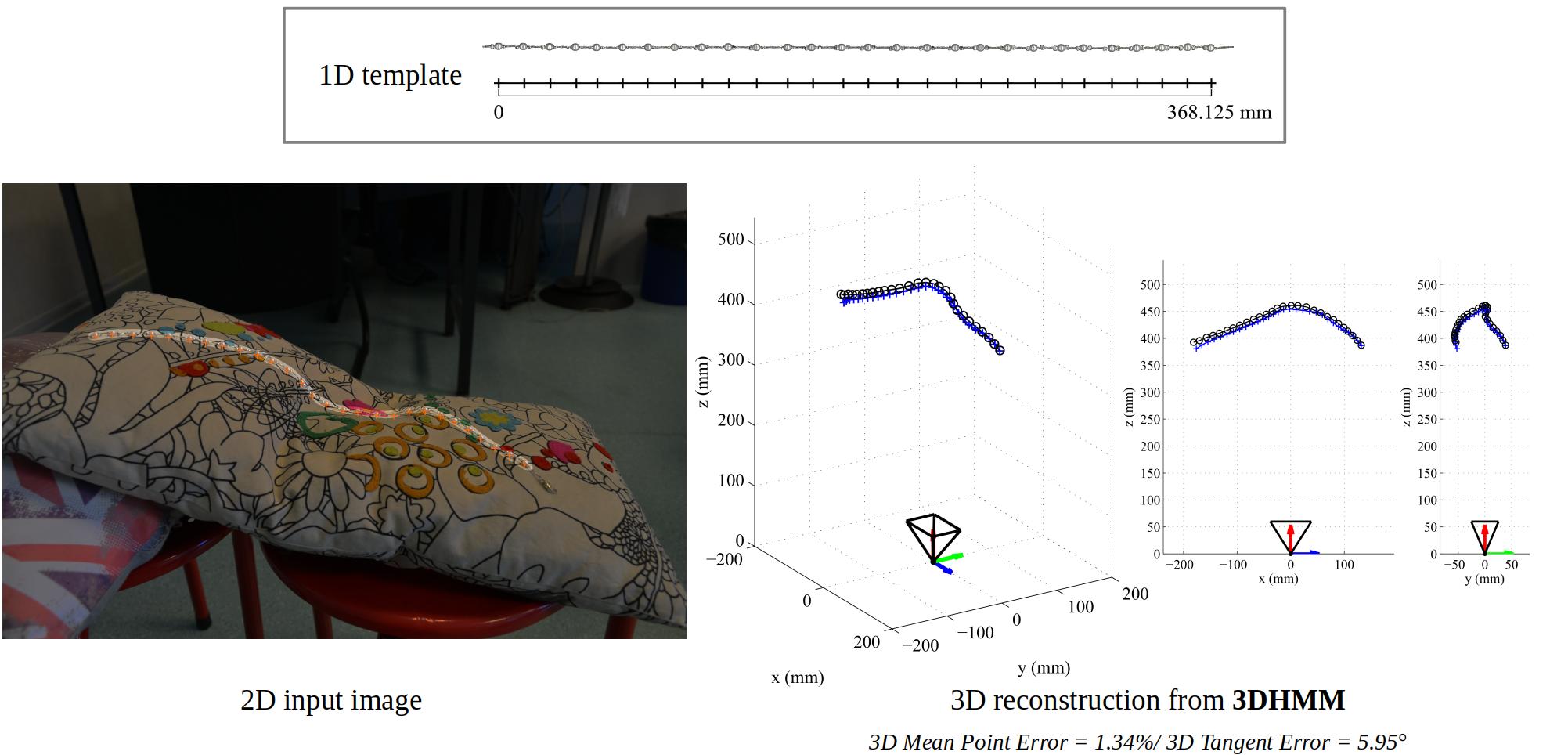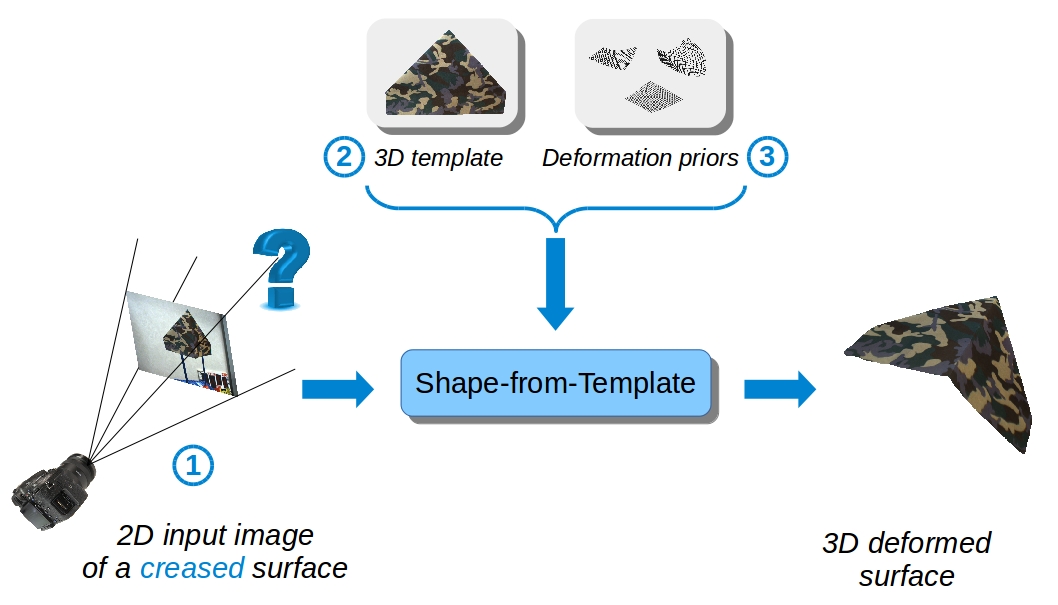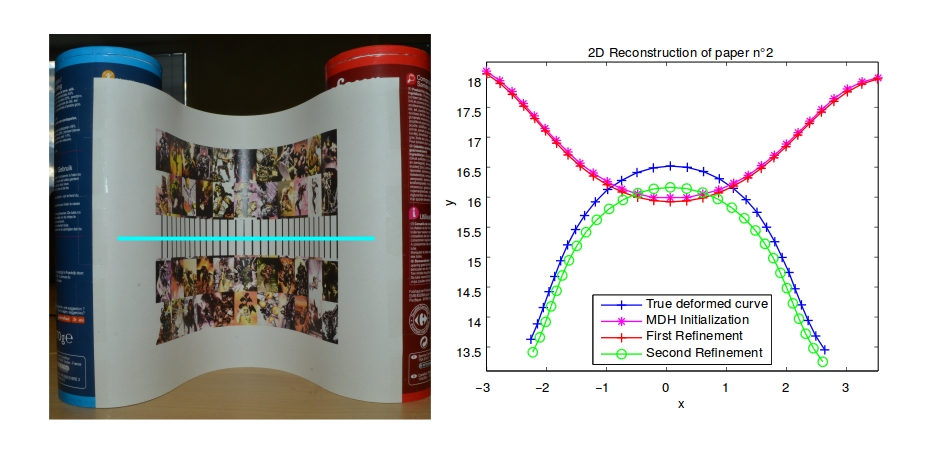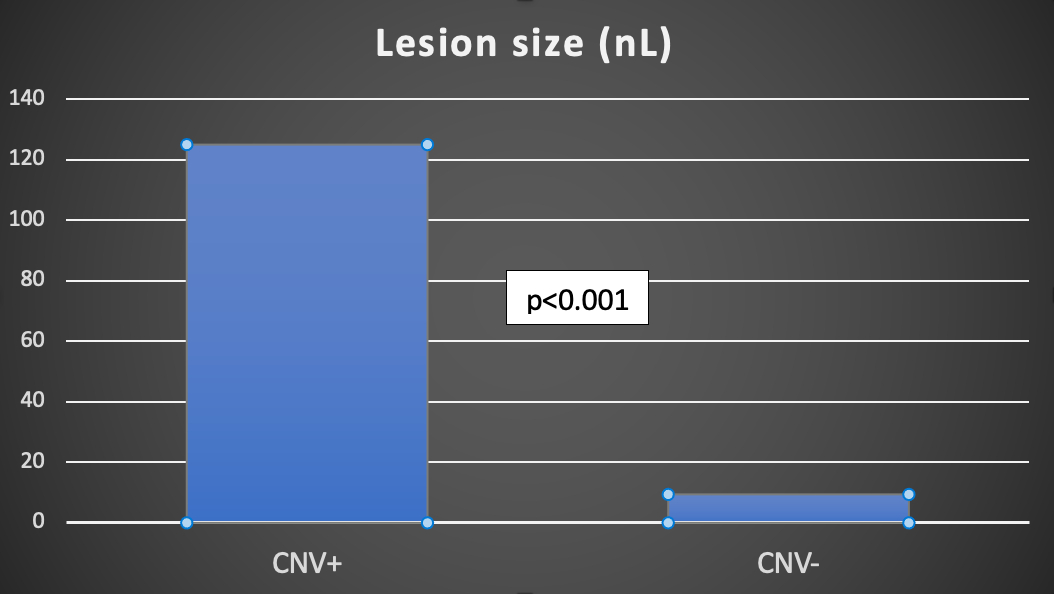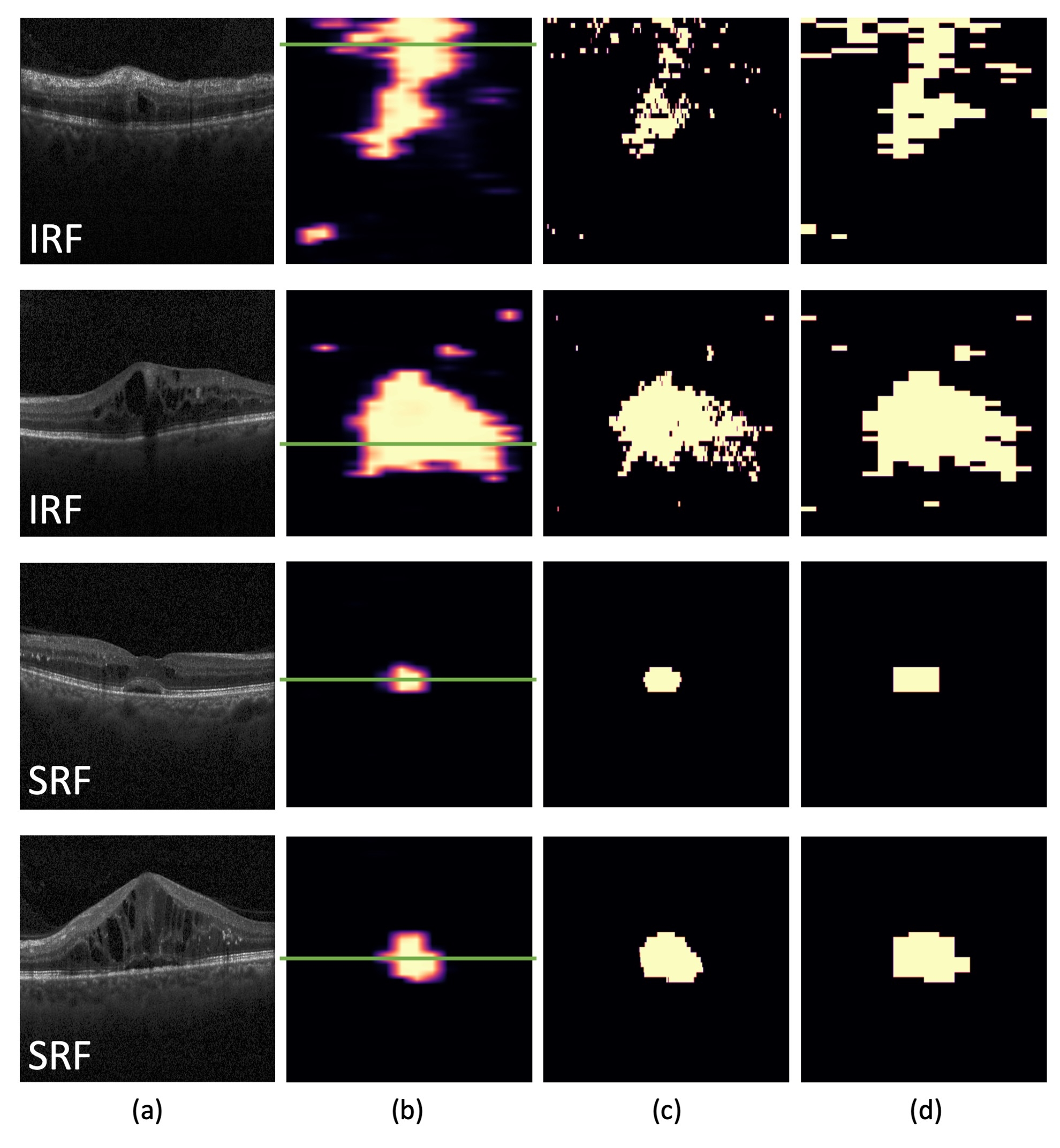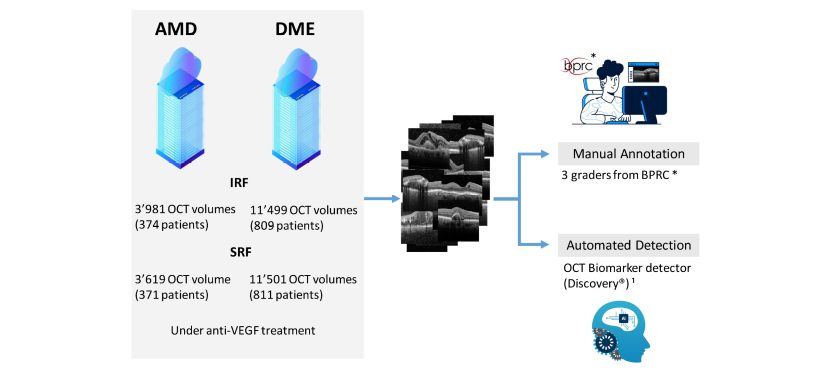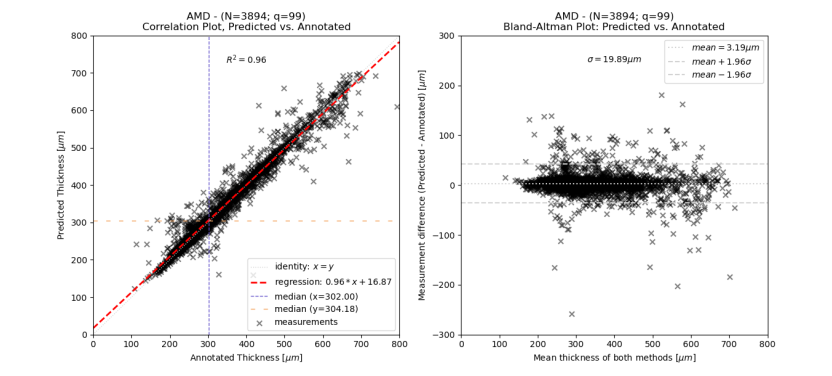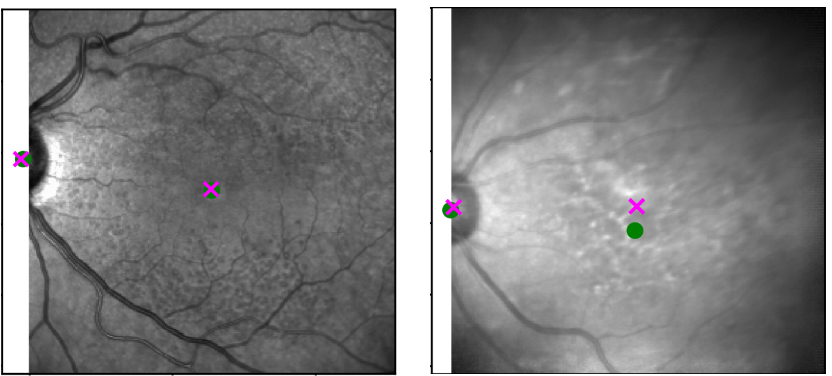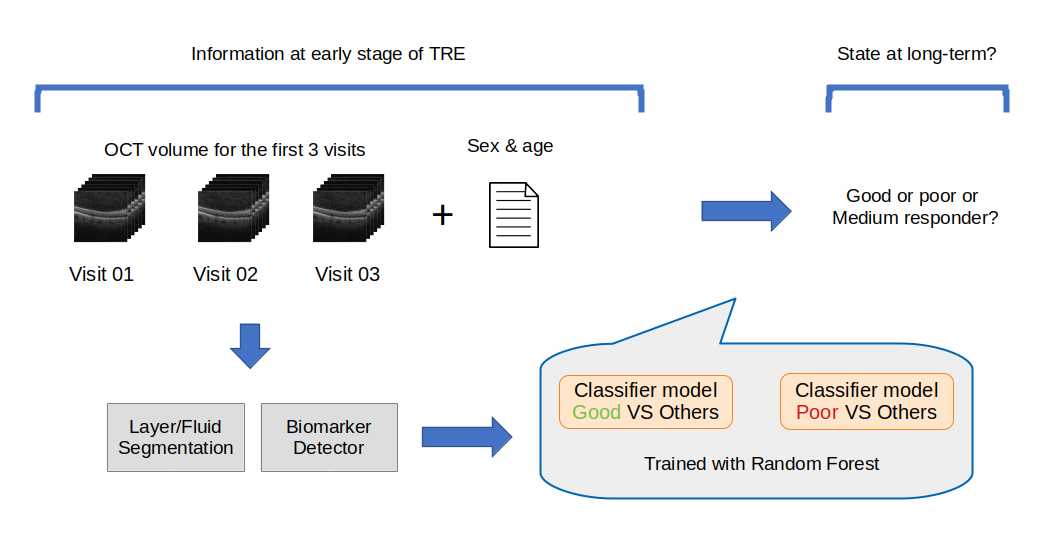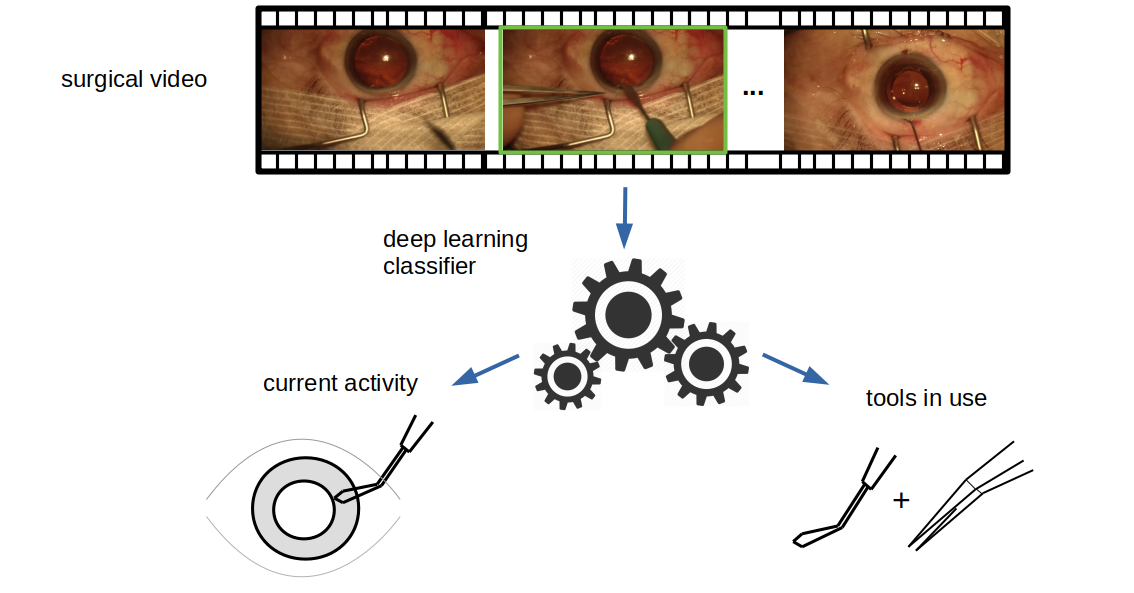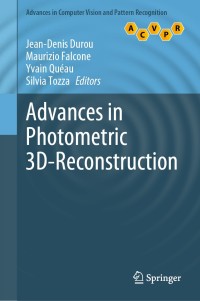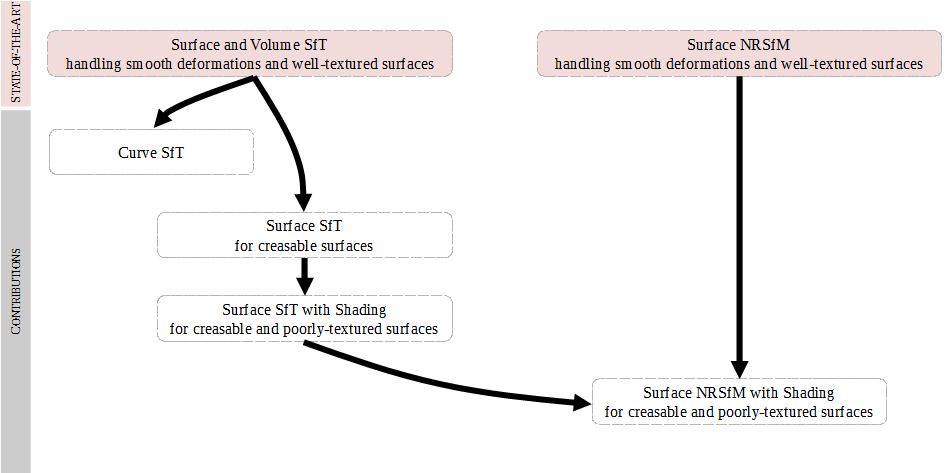Biomarker assessment for CNV development prediction in multifocal choroiditis (MFC) and punctate inner choroidopathy (PIC): A large, longitudinal, multicenter study on patients with MFC and PIC using an artificial intelligence-based OCT fluid and biomarker detector
Secondary choroidal neovascularization (CNV) represents the major cause of vision loss in idiopathic MFC and PIC. This study assessed potential biomarkers on OCT to predict the development of CNV using an artificial intelligence (AI)- based software.
Lorenzo Ferro Desideri, Mathias Gallardo, Muriel Ott, Ariel Schlaen, Debra Goldstein, H Nida Sen, Maurizio Battaglia Parodi, Vita S Dingerkus, Yael Sharon, Michal Kramer, Siqing Yu, Sandro De Zanet, Marion Ronit Munk
Investigative Ophthalmology & Visual Science, June 2023
Abstract


